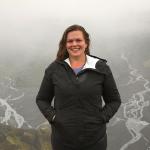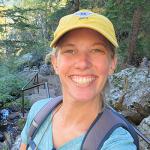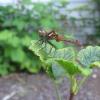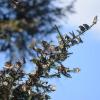Update on projects undertaken by Xerces' team of restoration ecologists, entomologists, plant ecologists, and researchers.
The Xerces Society manages the largest pollinator conservation program in the world. We work with people from all walks of life to create habitat for bees, butterflies, and other beneficial insects—and hundreds of thousands of acres of flower-rich habitat have been planted. We also offer certifications: Bee Better Certified for farmers and food companies who are committed to supporting pollinator conservation in agricultural lands, and Bee City USA and Bee Campus USA for cities and colleges dedicated to making their community safer for pollinators.
With staff based in more than a dozen states, and offering a diverse array of expertise, it can be challenging to summarize the impactful work being done. We compile updates from pollinator team members into regular digests. In this edition, Sarah Nizzi shares the lessons she learned from private landowners restoring habitat with native seed in Iowa, and Anna Murray recounts progress on farm habitat installations on the west coast.
A Land Steward’s Perspective on Native Seed and Conservation in Iowa
Sarah Nizzi
There is a saying that many hands make light work. It is true. Working together is much easier than working alone, and for conservation, networking, partnerships, and open communication make the workload seem less daunting and more inspiring.
In Iowa, roughly 97% of the land is privately owned, making it particularly important for conservation professionals to work with landowners to increase conversation efforts in the state. This past summer I was able to partner with the Tallgrass Prairie Center (TPC) at the University of Northern Iowa to put together a virtual event for agricultural land stewards to talk about their experience with native seed and implementing conservation practices.

An established diverse conservation reserve program (CRP) planting in Iowa. Photo credit: Sarah Nizzi
There is a lot to consider when selecting and purchasing a native seed mix: Who and where are the seed vendors? What is the origin of the seed? Is it native or a cultivar? How much of each species should we put in a seed mix? It can be overwhelming for consumers. I field questions about native seed from the public frequently, and I often create custom native seed mixes for pollinator projects and help evaluate native seed mixes.
Landowners and farmers make up a large portion of the supply chain when it comes to purchasing seed, especially in Iowa, where we are fortunate to have a robust native seed supply compared to other parts of the U.S. As experienced consumers of native seeds, they are poised to help to bridge that gap in knowledge and make improvements to the native seed purchasing process.
That’s why the virtual TPC panel this July included four land stewards and two conservation planners (professionals who work closely with private landowners to implement conservation practices), gathering to discuss their experience with native seed in applying various conservation practices within the agriculture landscape and why native seed was important to them. We welcomed a former absentee, non-operating row crop, woman landowner; a non-operating row crop landowner couple who also grow and sell vegetables; and a landowner-operator who runs a cow-calf, grass fed beef operation with his wife and family. A major goal of ours was to target a variety of operators and non-operators in the agricultural community who could offer different perspectives.

Four private land stewards who participated in a panel with Xerces and the Tallgrass Prairie Center, pictured left to right: Dave Schmidt and family of Troublesome Creek Cattle Company; Ruth Rabinowitz of Oxbow Farms next to a pollinator planting; and Maggie McQuown and Steve Turman of Resilient Farm standing near a riparian shrub and tree planting. Photos courtesy of the panelists.
Although the individuals varied in their backgrounds and operations, there were recurrent themes amongst them all:
- Improving the health of the soil was their most critical goal.
- Striving to increase Iowa’s tallgrass prairie habitat and balancing that success with financial sustainability was a very close secondary goal.
- Local ecotype seed (source identified native seed from prairie remnants) was important and worth the cost.
- While there were initial upfront costs with purchasing diverse native seed mixes, it was a worthwhile long-term investment.
- It is critical to utilize local resources and professionals to help guide you through the process.
What advice did they have for restoration professionals? Increased communication was a unanimous response, as well as slowing down and taking time to thoroughly explain why diversity in native seed mixes matter and what they should be looking for when reviewing seed mixes.
By the end of the live webinar, I couldn’t be prouder of the panelists. Their advocacy for conservation and diverse native seed was certainly a morale boost for me. I was elated to hear the voices of those who are on the frontlines of private land conservation and hope others can learn from this open discussion.
Learning from the experiences of our peers and neighbors can go a long way in increasing confidence and adoption in tackling projects like prairie reconstructions, wetland restoration, buffers, and more. As a conservation professional, I measure my own success by the success of my land steward partners. We as private land biologists are only successful so long as those we serve are successful and can take pride in their work and share those accomplishments with their communities.
Farm habitat installation makes progress on the west coast
Anna Murray
The last six months of pollinator habitat work in the western private sector partnerships has been exciting. Communities of large-scale producers in Central Washington and California continue to expand their habitat acreage, reaping the agronomic and ecological benefits of on-farm diversity. In addition, many of Xerces’ partner growers now have several years of experience in habitat installation and management practices. With these skills, many growers are venturing into different types of on-farm habitat by establishing larger habitat areas on their farms, experimenting with habitat integrations within their production orchards, and restoring degraded natural habitats on the borders of their property.
While some of our multi-year partners continue to build on knowledge gained from previous habitat projects, others are restoring on-farm habitat areas for the first time. Outside of Woodland, CA, we have begun work on a multi-tier habitat project in almond orchards located on a 6-acre semi-culverted riparian corridor with occasional flooding. In addition to providing abundant pollinator and beneficial insect resources, this area will have a native grass meadow for employees to gather and large trees to provide shade during work breaks.
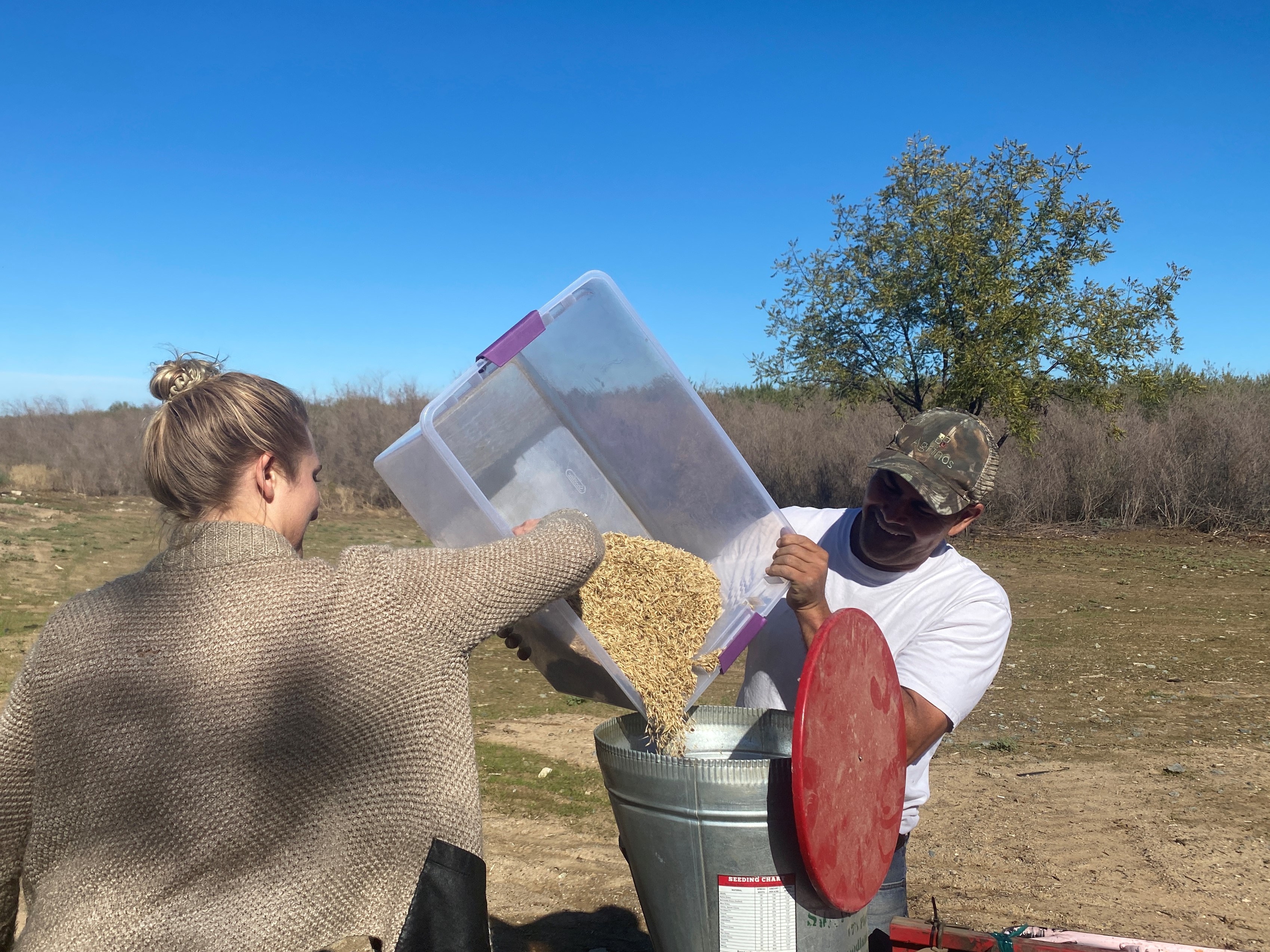
Reclamation seed mixing in Woodland, CA with the General Mills Pollinator Initiative, October 2021. Photo credit: Anna Murray, Xerces Society.
As of November 2021, the first crucial steps are underway: weed removal, ground leveling and reclamation seeding. Reclamation seeding is done with a reduced and very vigorous native species palette. This will help reclaim the area from invasive species and return it to a grow cycle compatible with other native plants, allowing us to come back and plant the wildflowers and shrubs that will support healthy and diverse pollinator communities.
Further Reading
Learn more about the Xerces Society’s Pollinator Conservation Program.
Read all of our Pollinator Conservation Program Digests!
Find out how you can help Bring Back the Pollinators.
Download a copy of Farming for Bees: Guidelines for Providing Native Bee Habitat on Farms.

